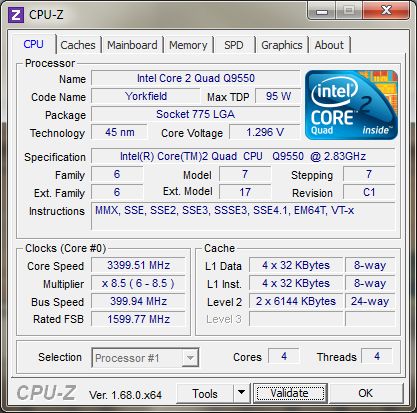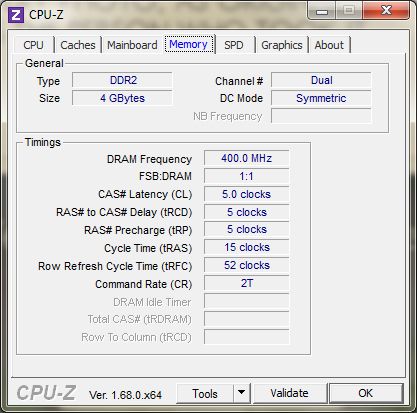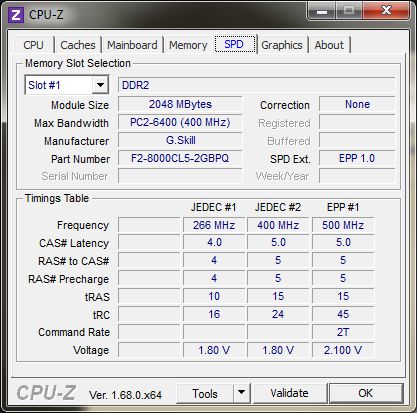HI all,
its about time i upgraded my system. i plan on doing my new build in the summer I've got a nice shopping list in mind.
I've got a nice shopping list in mind.
However, can someone point me in the right direction to getting some more power from my old system in the mean time.
i currently have the following.... (its old i know haha)
Q9550 (water cooled) running on a
P5Q-E with
4Gb g.skill ram (2x2gb)
Radion 4870
Everything is running at stock levels. I think my Ram is only 800Mhz, si there anyway i can check ?
I'm really not sure about my ram speed. Think it's showing up wrong on cpz
Thanks all, hope i can squeeze some more life out of her till July.
Theo
its about time i upgraded my system. i plan on doing my new build in the summer
 I've got a nice shopping list in mind.
I've got a nice shopping list in mind. However, can someone point me in the right direction to getting some more power from my old system in the mean time.
i currently have the following.... (its old i know haha)
Q9550 (water cooled) running on a
P5Q-E with
4Gb g.skill ram (2x2gb)
Radion 4870
Everything is running at stock levels. I think my Ram is only 800Mhz, si there anyway i can check ?
I'm really not sure about my ram speed. Think it's showing up wrong on cpz
Thanks all, hope i can squeeze some more life out of her till July.
Theo
Last edited:




